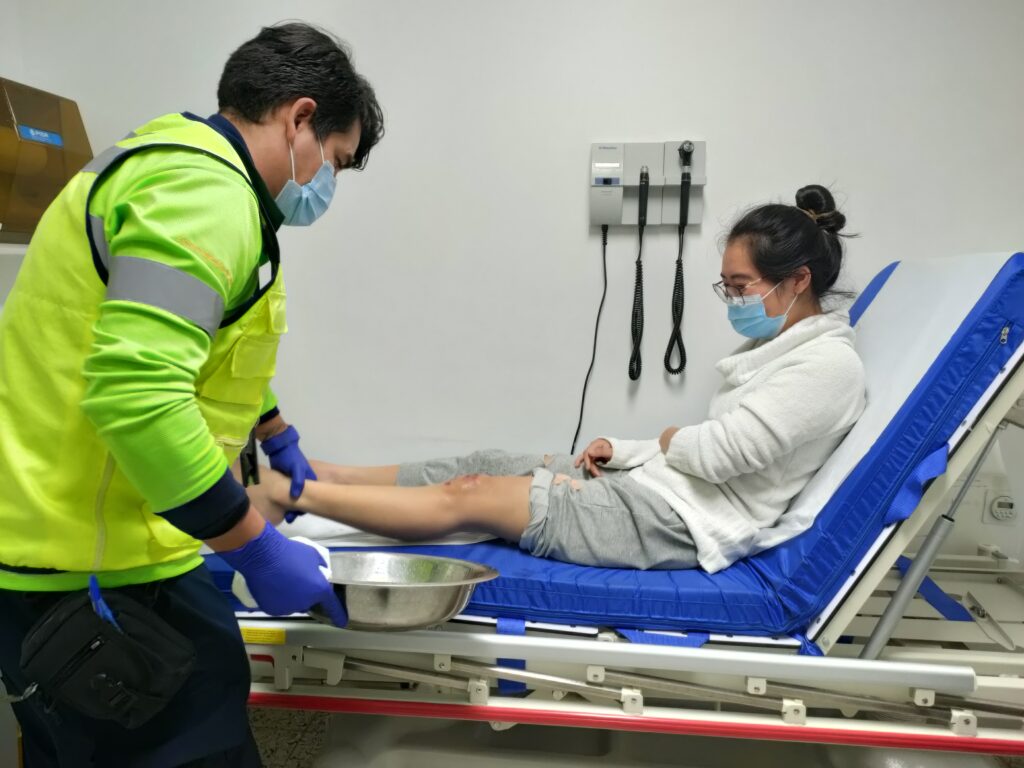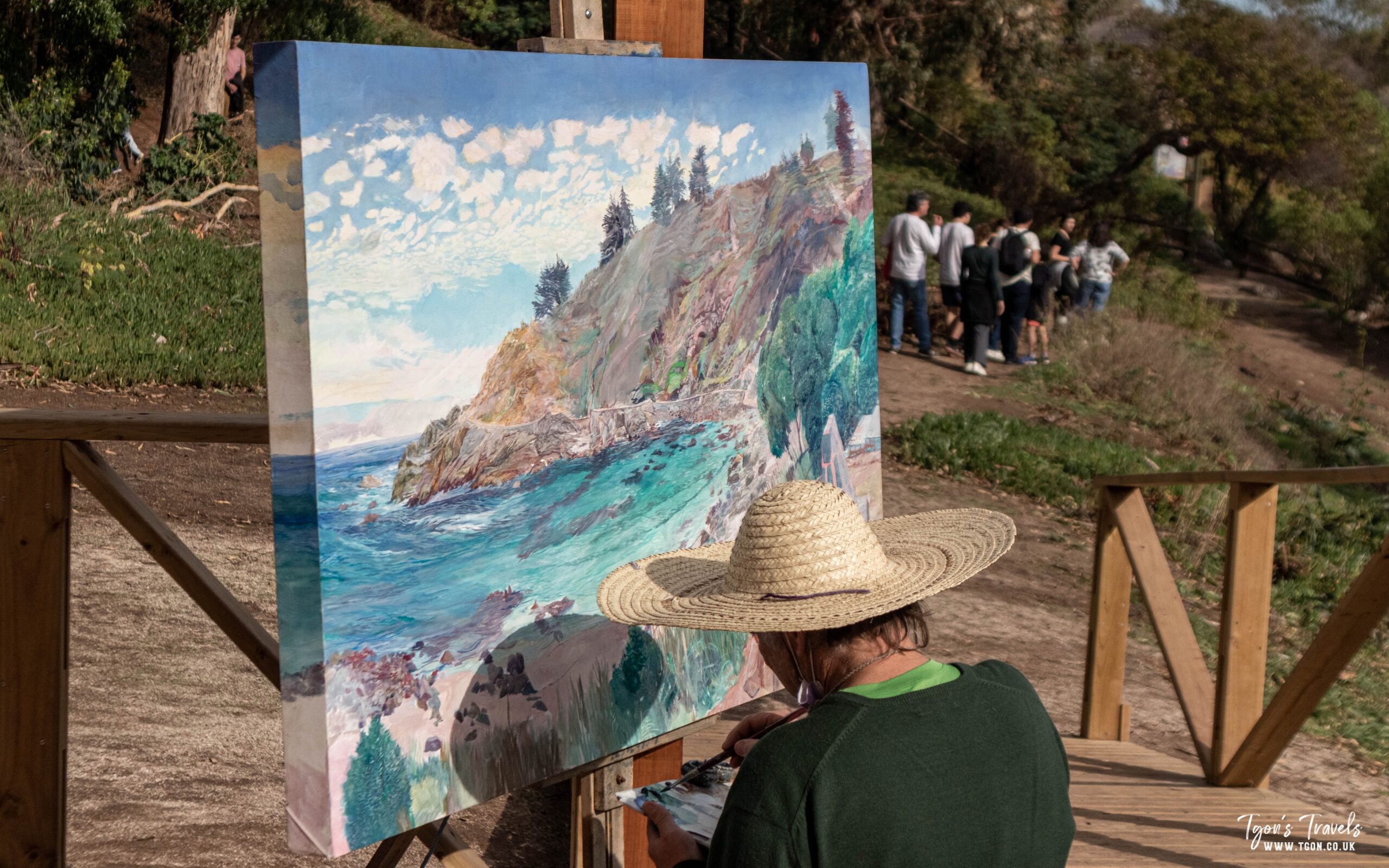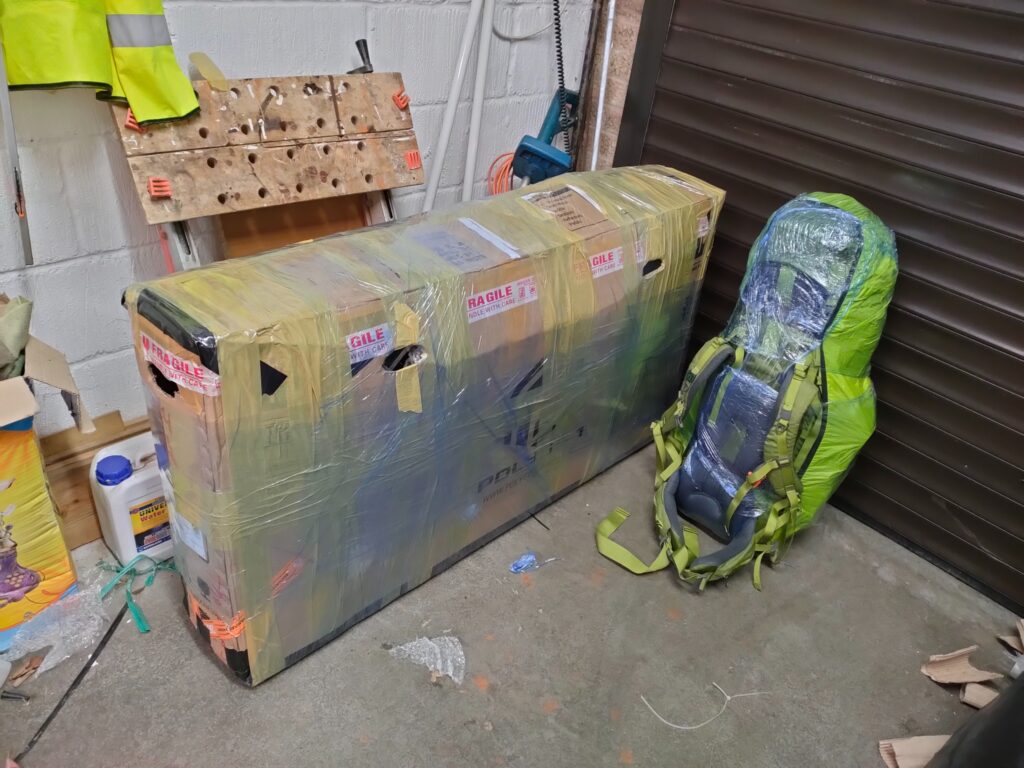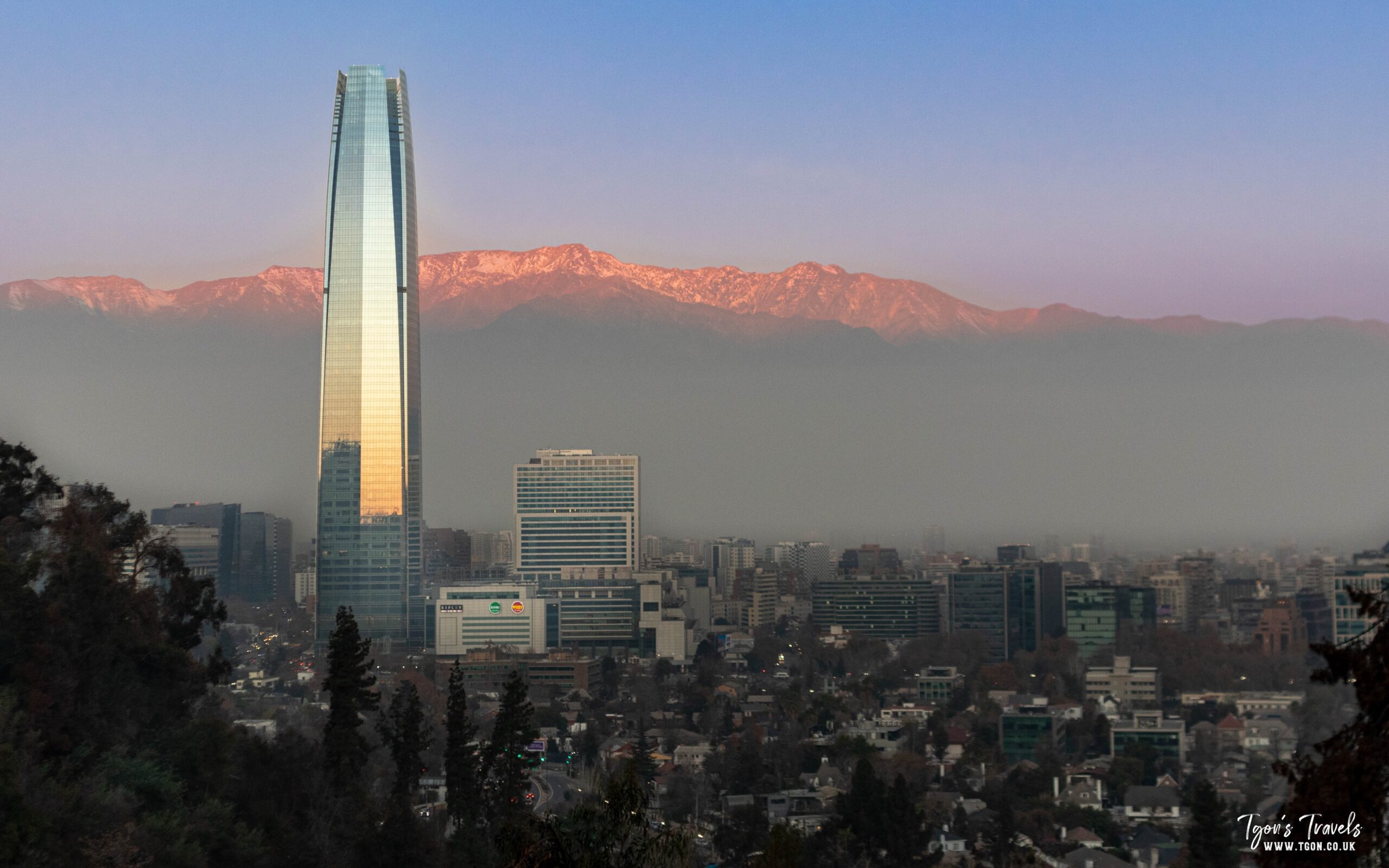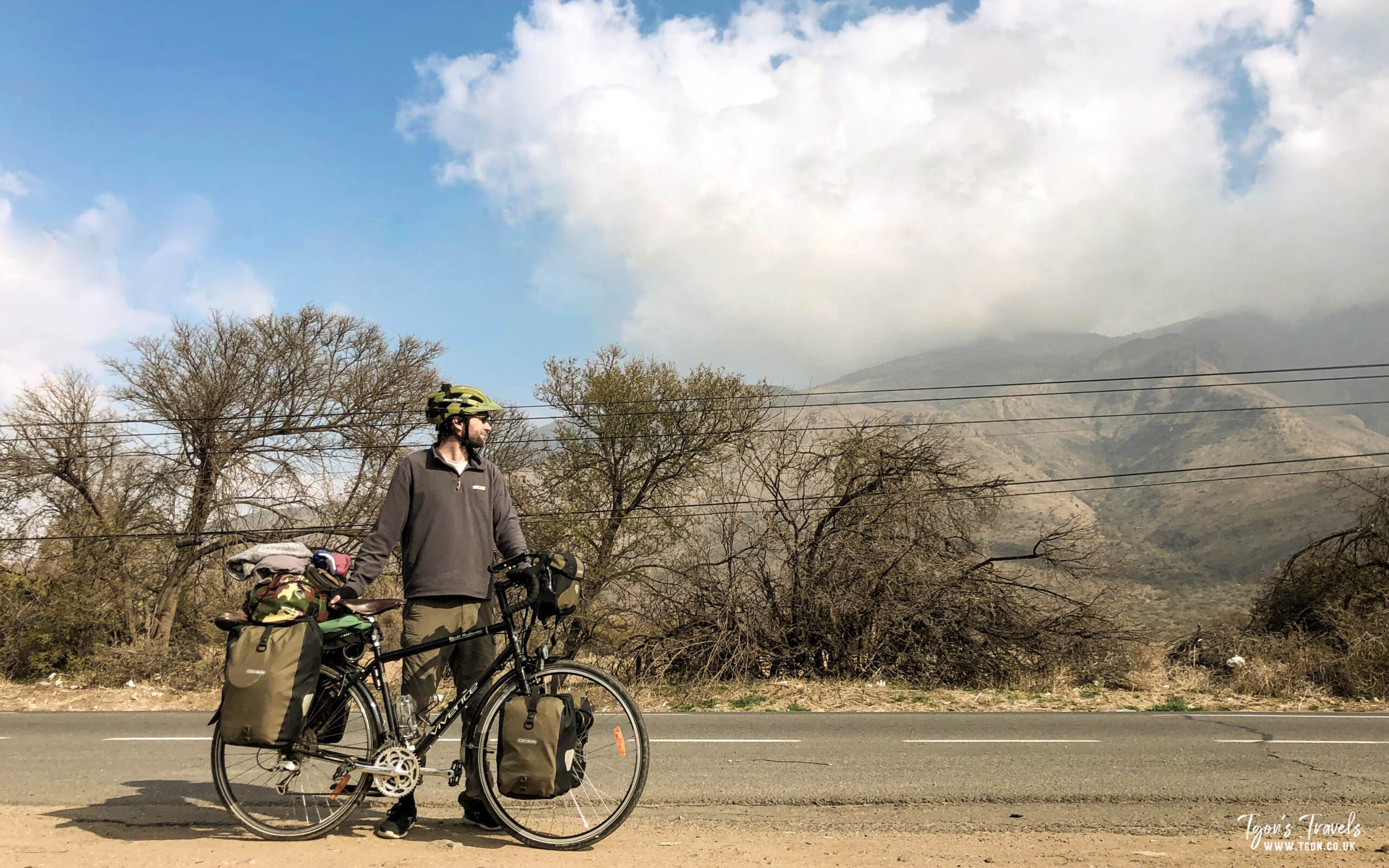We spent weeks 5 and 6 staying in Cachagua with the super kind and awesome family who helped us when Huong fell off her bike. We were staying with Cote, she is a teacher in her local school in Cachagua. She teaches History and Geography. Her English is good, so we would spend the evenings cooking together and then eating, drinking wine and talking until late. Cote supports the new constitution, I mentioned in my last blog post, and has been somewhat active politically. We talked about the mass protests and demonstrations that were happening in Chile just before the Covid lockdowns. It sounds like a really exciting time for Chile, they have a young left wing president who is trying to improve the country for everyone. There are still so many policies and systems which are left over from the dictatorship. I was shocked to hear that rivers in Chile can be privately owned. So a company can buy the rights to all the water in a river and use it in their farms. Towns along the river are not allowed to use it for their citizens. This is especially troubling as the northern half of Chile is desert.
Some Regional History
We also talked about the troubled history between Chile and Bolivia. Previously, Bolivia wasn’t landlocked. They had land all the way to the Pacific Ocean. There were many foreign companies based there, mining salt and other minerals. The Bolivian government tried to increase the taxation for these companies and somehow this resulted in Chile and Bolivia going to war in 1879. Unbeknownst to Chile, Peru and Bolivia had signed a mutual protection agreement. This meant that Chile was now at war with Peru as well as Bolivia.
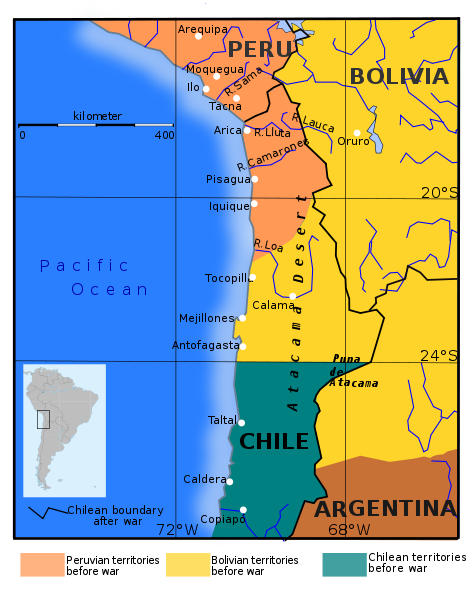
Bolivia’s military wasn’t very advanced at that time and they quickly asked for peace. For some reason, Peru stayed in the fight. Chile continued to take land, bit by bit, until they captured the capital of Peru and then Peru asked for peace. It was at this time that Chile gained the land that Bolivia previously had, with access to the ocean. Leaving Bolivia landlocked and facing difficulties importing and exporting anything. Chile also gained some land that previously belonged to Peru. In the map (above) you can see the modern borders in dark black, with the pre-war borders shown by the coloured areas. I didn’t know any of this history from this region of South America, I’m really glad to be learning about it while I’m here.

Exploring Cachagua and Zapallar
We also explored the area around Cachagua. They have a colony of penguins on a small island off the beach. We went down to see them and I flew the drone to get a closer look. This area of Chile is popular with wealthy Chileans during the holiday times. There are a lot of really nice houses along the coast with views out over the Pacific Ocean. Unfortunately, even though the beaches are beautiful, the water is cold. But the ocean is so powerful, every evening when the tide is changing the waves smash against the rocks which results in really dramatic sunset views. Every couple of days we drove to the neighbouring town, Zapallar, which is larger than Cachagua, for Huong to have her wounds cleaned and dressed. We took the opportunity to visit the beaches there and eat some ice cream.

Spending Time with the Family
At the beginning of week 6, Cote’s sister Maria-Jesus returned home from a trip to Europe. It was really nice to get to know her and all of the family. We loved playing with their dogs and meeting their younger sister and little nephew Pedro. The weather had been unusually wet in central Chile, which meant rain near the coast and snow in the mountains. So on one of our last days in Cachagua, we drove out into the mountains to see the snow.

I cannot express how welcome we felt while we stayed with Cote and her family. They were all so warm and happy to meet us. We shared so many meals together and tried our best to share stories even when there was a language barrier. It truly renews my faith in humanity to have experiences like this as I travel around the world.
